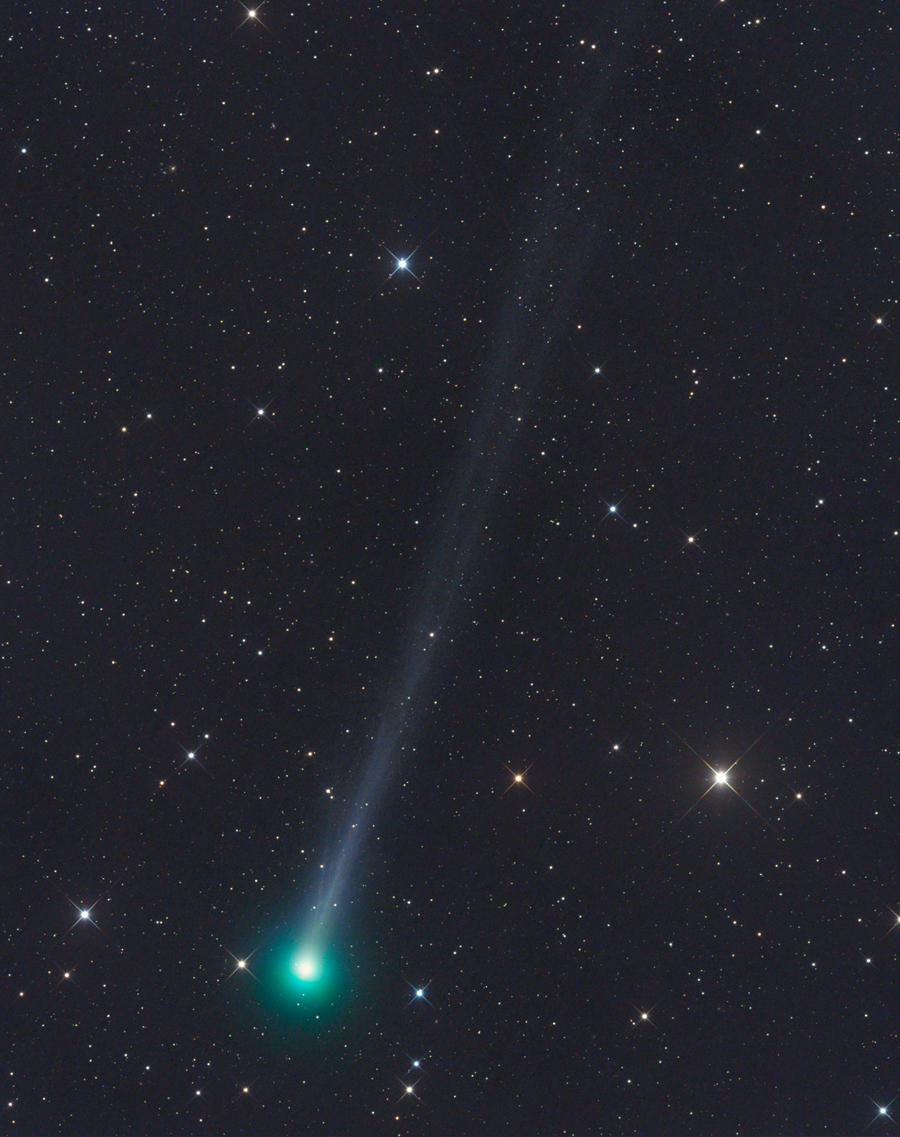Star Guide: 4 morning comets
By Tony Berendsen
For those lucky star gazers willing who rise up early in the morning over the next few weeks there is a celestial treat awaiting. Four comets, all just below naked eye visibility, will be sprinkled across the dawn sky. One short period comet, two long period comets, and one that may never come back again.
Comets originate from areas of our solar system. Some, like the short period comet 41P/Tuttle-Giacobini-Kresak, fall into close orbit around the sun from the Kuiper Belt (a zone of icy objects beyond Neptune: Pluto is a member) and have orbits near the plane of the solar system. Comet 41/P orbits every 5½ years.
Comets also originate from the Oort Cloud; a spherical zone of icy objects in orbit around the Sun. Those comets travel great distances from their home thousands of AU (distance from the Earth to the sun) away, falling into the inner solar system from all directions. For example, Comet C/2017 E4 entered almost perpendicular to the plane of the solar system in between the orbit of the Earth and Venus and will loop around the top of the Sun to exit between the orbit of the Earth and Mars never to return again.

Comet PanStarrs C/2015ER61 can be seen in the early morning. Photo/Gerald Rhemman
All the comets mentioned in this article are dimmer than 6 magnitude so you will need a binocular or telescope to view them. So what should you look for and where?
Comets such as these look like fuzzy stars through the eyepiece of binoculars. And depending on the size of the telescope can look like a fuzzy star, or a fuzzy star with an elongation (tail). But imaged through a telescope with a camera these comets can become spectacular sights.
Prepare for comet hunting by doing some research on the web about the comets, where they will be, how bright they will be, and load up a star gazing app like SkyPortal to take with you to find your way around the stars.
Here is a list of the comets:
· COMET 41P/TUTTLE–GIACOBINI–KRESÁK
· COMET LOVEJOY (C/2017 E4)
· COMET JOHNSON (C/2015 V20)
· COMET PANSTARRS (C/2015 ER61).
To see the comets, grab your binoculars or telescope and head out on a clear crisp morning (without a moon, away from direct light sources). Mornings can be very cold, and even colder just before the sun comes up, so dress warm and wear heavy shoes and thick socks. I suggest getting started about 3am.
The image accompanying this article of Comet PanStarrs is a superb example of the detail a camera/telescope combination can capture. Gerald Rhemman took the image through a 12 Astrograph (ASA 12” F3.6) from Farm Tivoli, Namibia SW-Africa. He was born in Vienna and has been sky-shooting since 1989 under the clear skies of the Austrian Alps, Canary Islands, and deserts of Nambia.
So, whether you are hunting comets with binoculars, telescope or camera there is a real treat awaiting in the early morning sky. I know, I was out last week looking at them with my telescope and was amazed.
Tony Berendsen runs Tahoe Star Tours. He may be reached at 775.232.0844 or tony@tahoestartours.com.